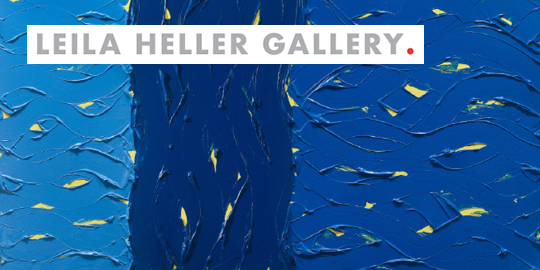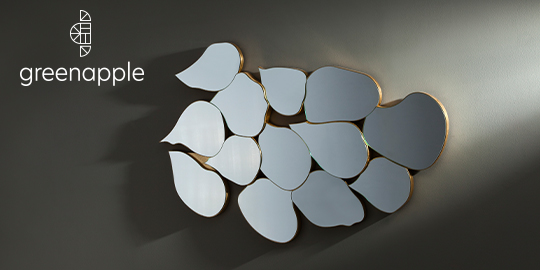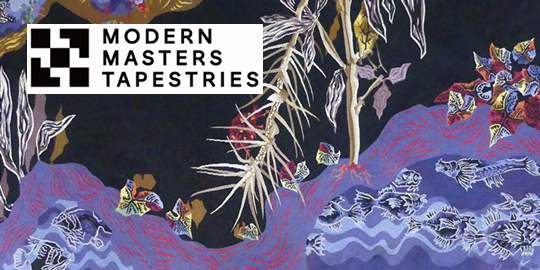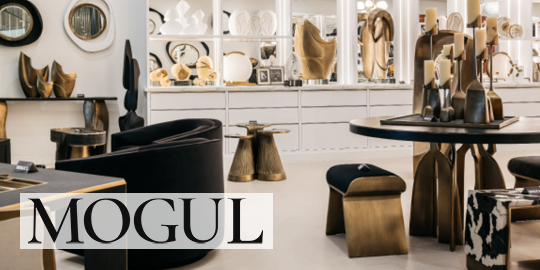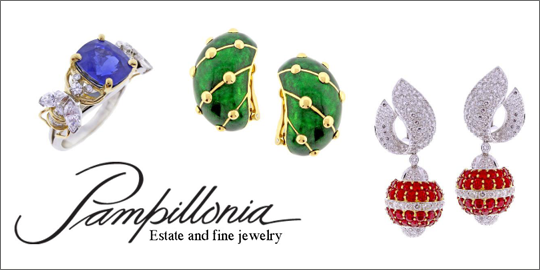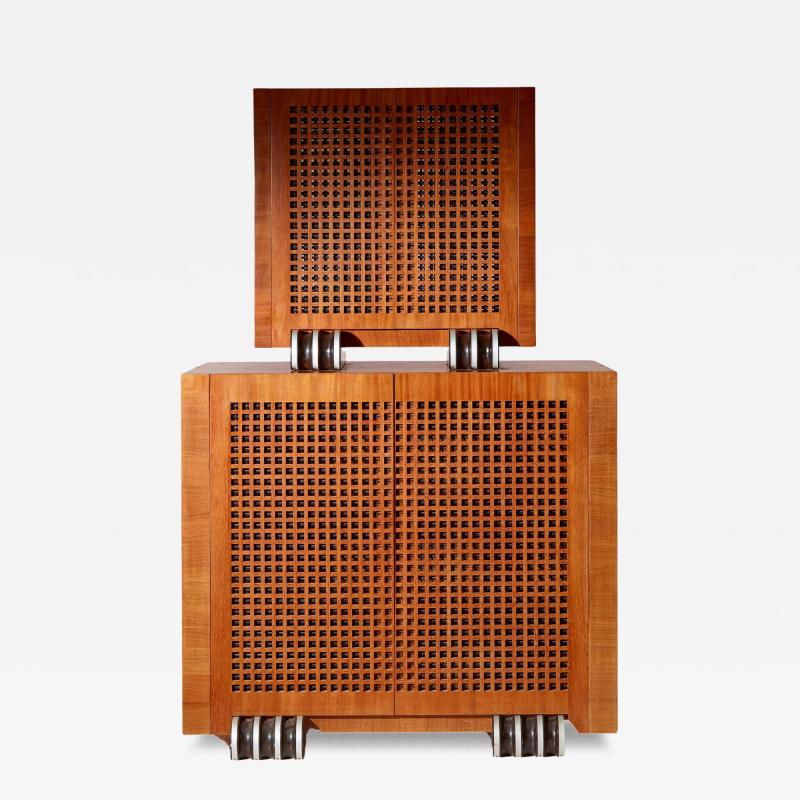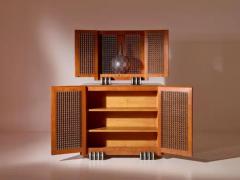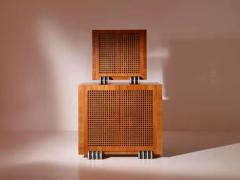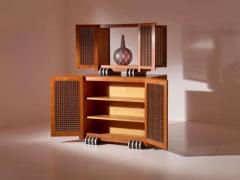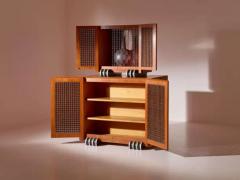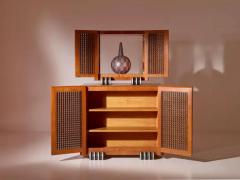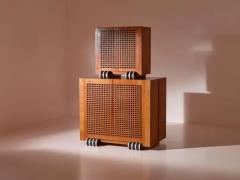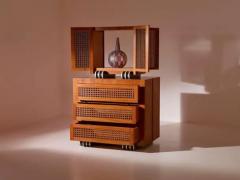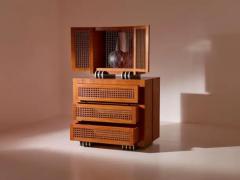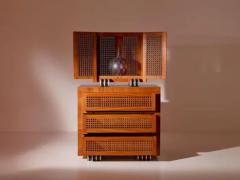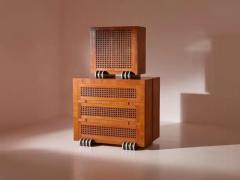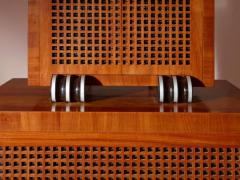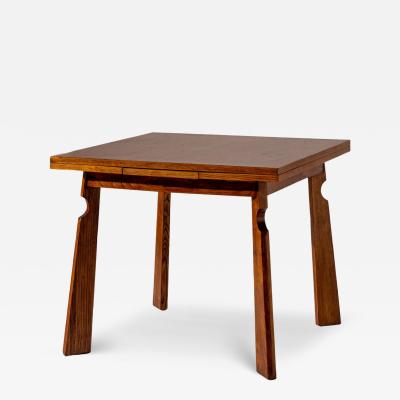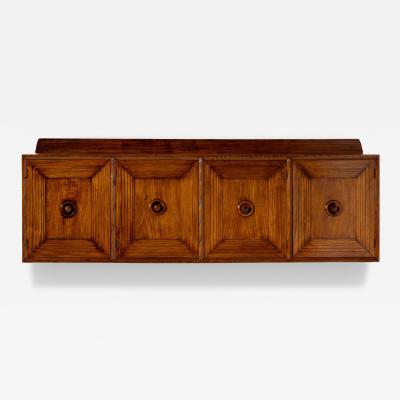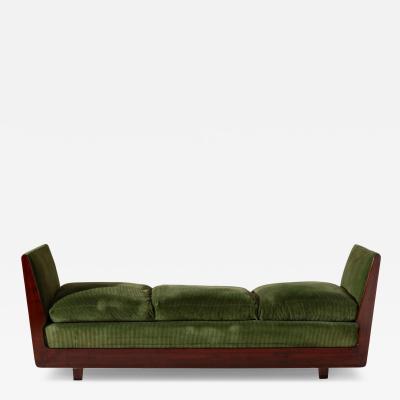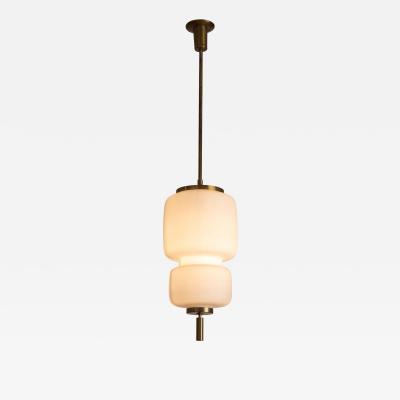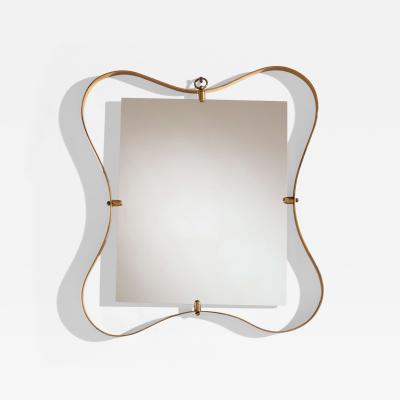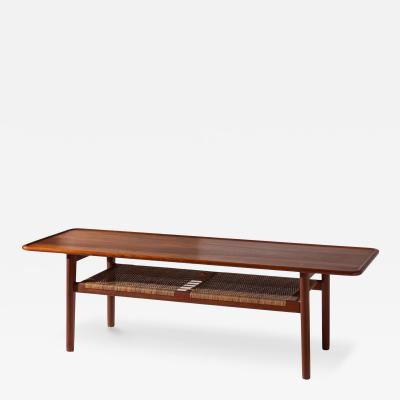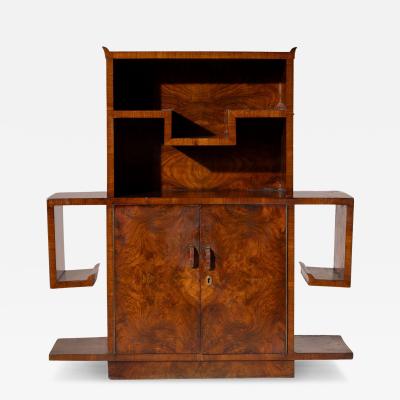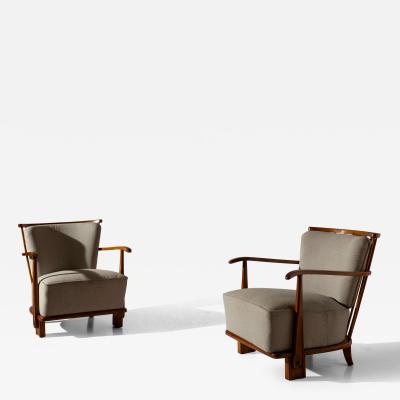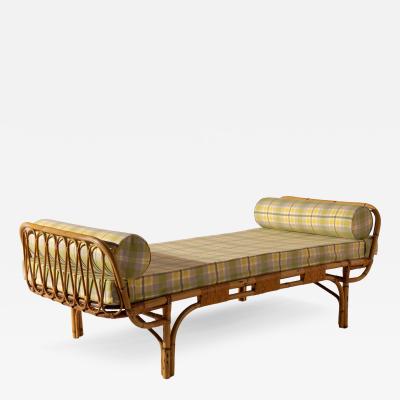- FINE ART
-
FURNITURE + LIGHTING
Shop By Category
Shop By Artist
- NEW + CUSTOM
- DECORATIVE ARTS
-
JEWELRY
Shop By Category
Shop By Artist
- INTERIORS
- MAGAZINE
Showrooms
A two-part cabinet in rare exotic woods with solid ebony inlays, Italy, 1990s
$ 53,032
-
Tear Sheet Print
- Save
- BoardAdd to Board
-
-
Description
A large two-part cabinet in rare exotic woods with solid ebony inlays.
This unique two-part sideboard, crafted by Bottega Costa in the 1990s, is a remarkable example of Ligurian craftsmanship. It is not a prototype but a fully realized work, a one-of-a-kind and unrepeatable testament to a specific moment of personal and artistic exploration—an authentic expression of the diverse individuals involved in its creation.
Towards the late 1990s, an internationally renowned designer and artist, collaborating with the skilled artisans of a historic local workshop, brought to life an idea long confined to paper. The concept stemmed from an intuition: an initial preparatory drawing exploring two interlocking volumes—massive yet elegant, seemingly austere in their sequence of right angles. The designer recognized the decorative potential of these overlapping forms and meticulously developed the original sketch into a detailed, precise design. Every component and every detail of the emerging piece not only fulfilled a functional purpose but also reflected a distinct aesthetic vision.
This vision of beauty and elegance was pursued by Gladys Marcotulli, a painter and architect whose formative path embodies a rich synthesis of influences. Her training began at the Academy of Fine Arts in Tabdil, Argentina, and was later refined through advanced studies in Venice, Italy. The artisanal expertise required to translate Marcotulli’s intricate designs into a tangible piece was provided by the workshop of Giorgio Costa, a family-run atelier where three generations of master cabinetmakers, all bearing the same surname and the same passion for wood, dedicated their craft to excellence.
The construction of this cabinet demanded over 700 hours of labor—an intricate process carried out with enthusiasm and precision. Its overall design hints at architectural ambitions: like a grand building or a sculptural installation meant to be admired at the heart of a piazza, this two-volume sideboard is conceived to be placed at the center of a room, visible and accessible from both sides. Despite its generous proportions, the piece avoids a sense of monumentality. The upper section, appearing delicately balanced on a base with drawers and an opening mechanism, lends a harmonious and well-proportioned aesthetic to the entire structure.
The observer's gaze is drawn to the distinctive geometric motif of the doors, crafted from slender solid ebony slats, meticulously and precisely assembled with exceptional skill and patience. These doors open like those of a precious chest, revealing a small rotating platform originally designed as a display for crystalware or bottles. Its ability to rotate also underscores the versatility of this cabinet—free from a fixed focal point, it challenges the traditional placement of furniture against a wall, a common characteristic of both contemporary and historical pieces.
Bringing this extraordinary creation into a modern interior means more than simply acquiring a piece of furniture—it means embracing a synthesis of the finest artistic and design heritage the 20th century has left us.
Dimensions: 77 x 120 x 186 cm (D x W x H) - More Information
-
Dimensions
W. 47.25 in; H. 73.23 in; D. 30.32 in; W. 120.02 cm; H. 186 cm; D. 77.01 cm;
Sign In To View Price
close
You must Sign In to your account to view the price. If you don’t have an account, please Create an Account below.
More Listings from Linea Gallery View all 235 listings
No Listings to show.
- Paolo Buffa attributed extendable chestnut dining table, Italy, 1940s
- Wall-mounted oak wood sideboard with four doors, Italy, 1950s
- Gio Ponti certified walnut and velvet daybed sofa, Italy, 1940s
- Stilnovo pendant lamp with wool felt shade and metal structure, italy, 1970s
- Angelo Lelii certified brass and glass pendant light by Arredoluce, Italy, 1950s
- Pair of daybeds in rattan and bamboo with velvet upholstery, Italy, 1960s
- Fontana Arte mirror with brass frame, Italy, 1950s
- Large brass wall mirror, Italian manufacture, 1950s
- Large curved sofa with carved wooden supports, Italy, 1950s
- A "grissinato" sideboard in chestnut wood, Italy, late 1940s
- Hans J. Wegner coffee Table model AT-10 in Teak and Cane by Andreas Tuck, 1950s
- Emilio Lancia display cabinet in walnut and walnut burl, Italy, 1930s
- Fritz Hansen pair of easy chair made of oak and fabric Model 1590, Denmark, 1942
- Bamboo and rattan daybed, Italy, 1960s



